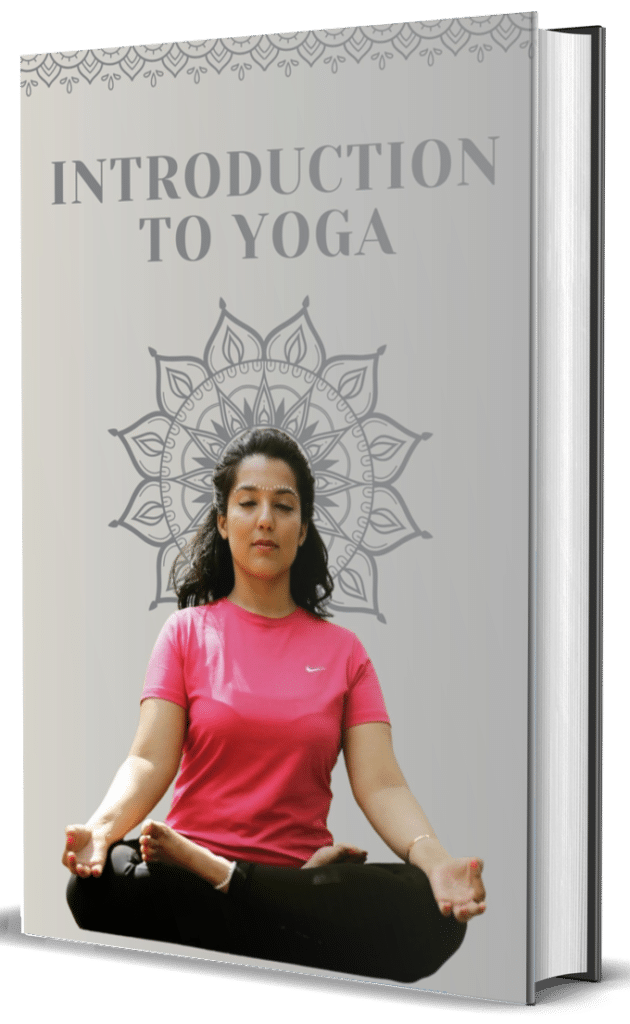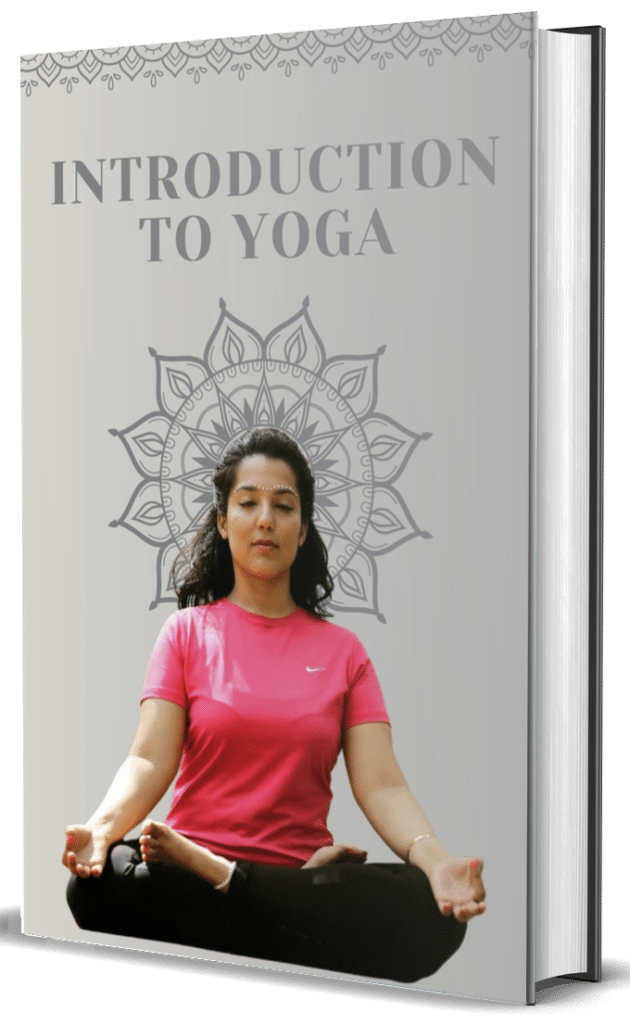Purvottanasana, or Upward Plank Pose, is a powerful backbend that opens the front body while strengthening the posterior chain. The name derives from Sanskrit where “purva” means east or front of the body, “uttana” means intense stretch, and “asana” means pose.
To practice this asana, begin seated with legs extended. Place palms on the floor about 10 inches behind the hips with fingers pointing toward the feet. Press firmly into the hands and feet, lifting the hips toward the ceiling until the body forms a straight line from head to heels. The chest opens upward, and the head can either remain in line with the body or drop gently back if neck flexibility allows.
Purvottanasana offers numerous benefits: it strengthens the arms, wrists, shoulders, and back muscles; stretches the chest, shoulders, and front ankles; expands breathing capacity by opening the anterior ribcage; improves posture by counteracting rounded shoulders; stimulates the thyroid gland; energizes the body; and serves as an excellent counter-pose to forward bends and desk work.
Beginners may practice with bent knees or place the hands on blocks to reduce wrist strain. Those with wrist issues can practice with hands rotated outward or substitute Setu Bandhasana (Bridge Pose) to receive similar benefits.
This pose beautifully complements Pascimottanasana (Seated Forward Bend), creating balance by stretching the opposite side of the body. Together, these poses represent the yogic principle of finding equilibrium through complementary practices—stretching both the front and back body for complete spinal health.



